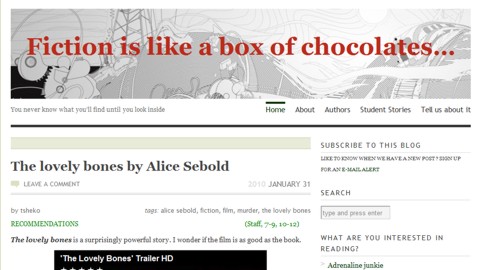So I realise that I’m still happily in the rabbit hole and have now moved on to #CLMOOC.
Looking around to survey the space, I realise the #CLMOOC is a really rich space, an art room for making, a concert hall, a sandbox, a basketball court, a community hall.
See how many places there are to share:
PLACES TO SHARE
- In Google Plus, you should join our CLMOOC Community;
- On Twitter, we encourage you to follow and use the #clmooc hashtag this summer;
- You can submit your blog to the CLMOOC Blog Hub, which will collect and showcase blog posts from participants;
- And/or post to the CLMOOC Facebook group.
- We also encourage you to share your makes in the CLMOOC Make Bank .. you can share a prompt for making, things you made and/or tutorials on how for others.
See how many making ideas have been gifted to us:
- Photo Cutting (like with scissors) Grab scissors, cut pictures up, move pieces around, see what happens, take a new picture (or video) of your cut up picture.
- Photo Cutting with stop motion: Add a cool stop motion app to the play described above. We like iMotion for IOS and PicPac for Android.
- Mad-Libs: Yes! Make your own mad libs. Maybe use an existing text and take out words to be replaced!?
- Image Write Overs: See what happens when you layer writing over your image. You might try an app/website like ThingLink or Pic Collage.
- Image Manipulation: Try Pixlr or Kaleidolens or another app to change your images.
- Corrupted Image Files: Distort and corrupt your images. Oh yeah! Here are two webapps we tried: Glitch Images or gifmelter
- Mosaic: Smash or take apart stuff (stuff that is yours :0) and reconfigure it, mosaic-like, into something new. Go Gallagher with a watermelon. Take apart an old clock. Use broken dishes to make a traditional mosaic.
- Mozilla Webmaker Tools: Try X-ray Goggles for disrupting current web content or Popcornfor interrupting video content.
And best of all, the invitation is to get busy and cause trouble.
Today may be the end of your [school year], but it should also be the first day of your new [summer pd] disobedience.” We want you to mess around with ideas around making by questioning who gets to make here, who gets access to this space, who benefits from the ways we name ourselves here? “It’s time to get busy. It’s your turn to cause trouble.
I’ve been busy offline lately but I’ve seen a lot of creativity shared and responded to already. I’m happy to see familiar faces from previous MOOCs (many much more experienced than I am – a newbie) and lots of new people I’m excited to know.
Making – it makes me a little nervous because I usually express myself in words but I’ve enjoyed using photos and creating visual stories so I’m going to give it a go. At school we’re about to start a baby makerspace in the library and I’m thinking the #CLMOOC might help me contribute in a way that is different from robotics and hands-on making.
Our first task:
So, what’s the first thing you usually do when you enter a room of folks with some familiar and unfamiliar faces—you introduce yourself, right? So let’s unravel “the introduction” to dive into the Connected Learning principle of equity. The theme this week is Unmaking Introductions. Let’s consider the ways we name, present, and represent ourselves and the boundaries or memberships those introductions create. How do we name ourselves in different contexts—personally? professionally? online? What happens when those contexts converge? How might we take apart our introductions to answer some of these questions? What will happen when we put them back together again to share them in CLMOOC?
I’m not even halfway through the wonderful, varied responses – poems, drawings, other art work, word clouds, cartoons, videos, music and so much more – and I’m getting a foretaste of what this mooc is about.
I put together a slide presentation using photos and images as writing and reflection prompts.
After I shared my untro in the Facebook group I was overwhelmed with the warmth of people’s responses. Especially when Terry Elliott took what I had and added music.
Thank you, Terry, for your generosity – taking the time to re-interpret my untro. I agree, your translation takes it to a new level. Thank you, also, to everyone for your warm responses.
Connected learning really is about people connecting to people and learning together in a holistic way, not just trading content or skills but relating on a personal level. You’ll understand what I mean when you read the responses from people in the Facebook group. People are not afraid to use language you would not normally see in a teacher/student context, eg. Susan Watson said “I have a feel for who you are, a sense of your humanity”; Teresha Freckleton Petite said: I can tell you a vibrant soul”; Terry Elliott said ” You are worth that slow consideration as I see layers and layers and layers of beautiful introspection and vulnerable sharing. We are all lucky to know you”; Sarah Honeychurch said “Love you even more after this”; Anna Smith said she had an affinity with me after she had seen my presentation.
I am not relating all these things go boost my ego – although I was very touched by all the generous responses – but to highlight how differently a connected learning MOOC works to a traditional course. Not only are our untros very personal, the community feedback is also personal. I’m interested in getting a sense of how this kind of learning – connected, open, creative – might work in schools to address the issue of intrinsic/extrinsic motivation. I wouldn’t say this is intrinsic but contributing to #CLMOOC is contributing to the community, and the community’s response is a powerful motivation.
Could this kind of learning work in secondary school? How could it work?
Is there room for a different kind of assessment in which the language involves words like ‘love’ in relation to the person, not just the work? Is this too weird or does this start to touch upon a real way of engaging learners? Is this a true social context for learning?



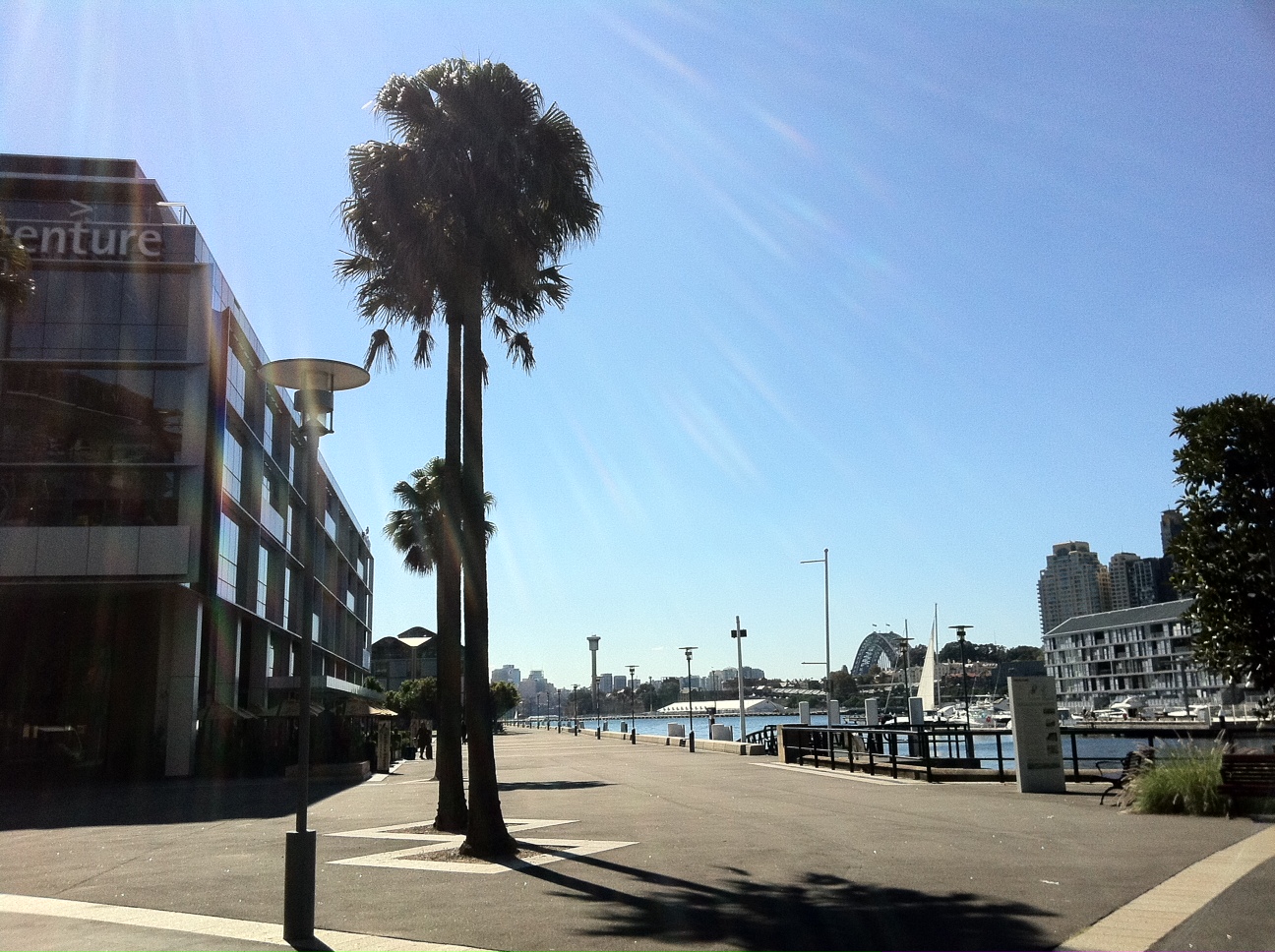

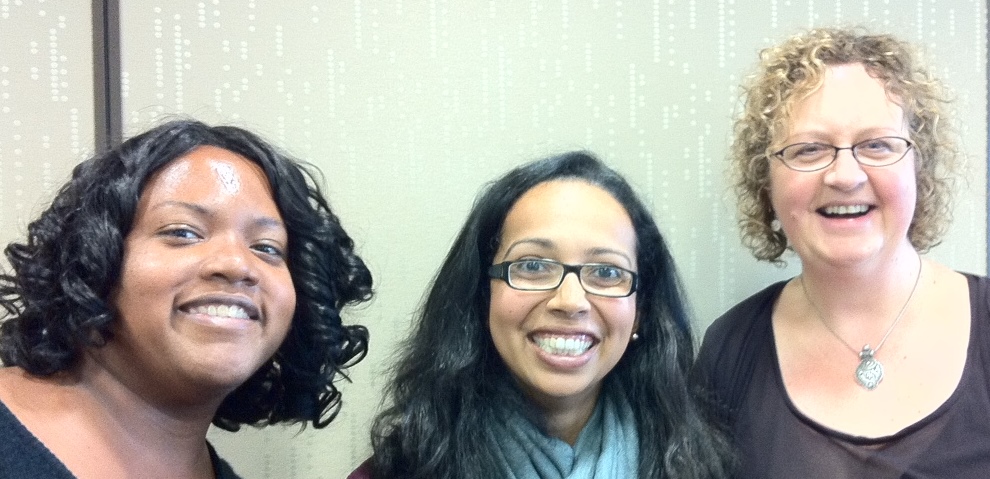
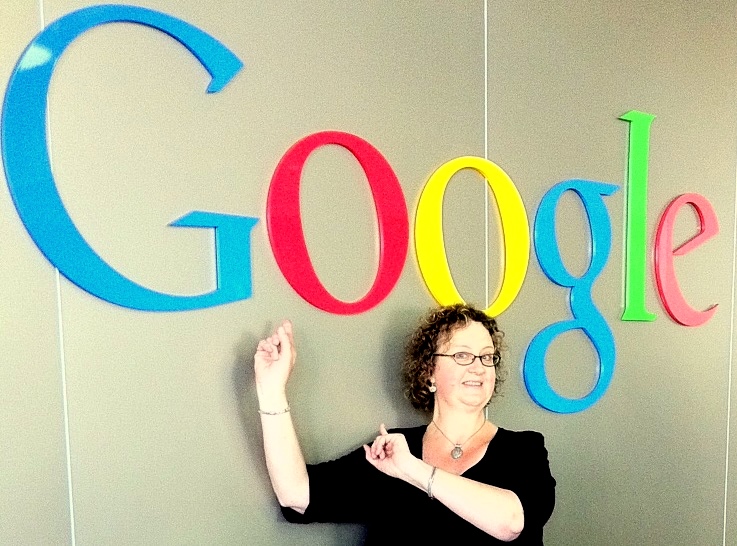
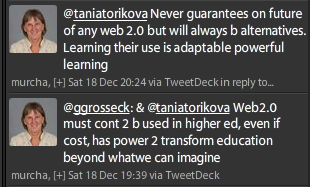

 Photo courtesy of the State Library of New South Wales on
Photo courtesy of the State Library of New South Wales on Photo by
Photo by 